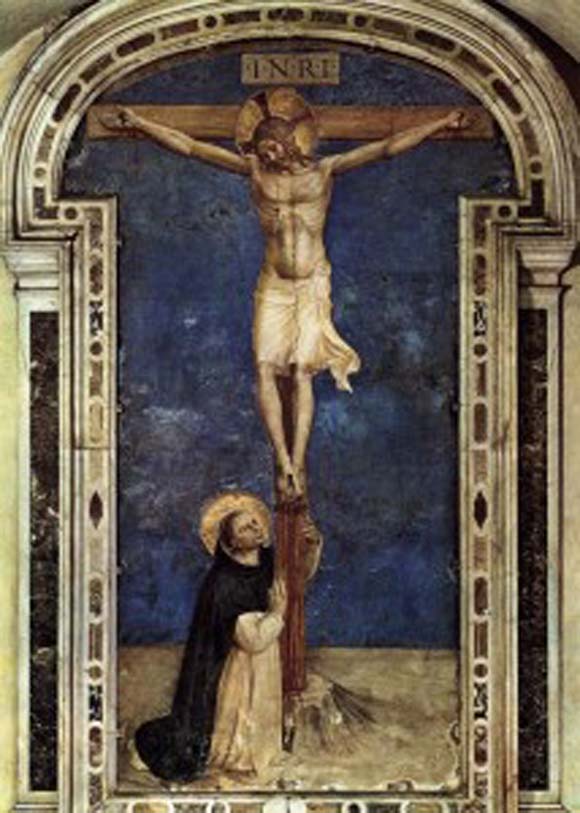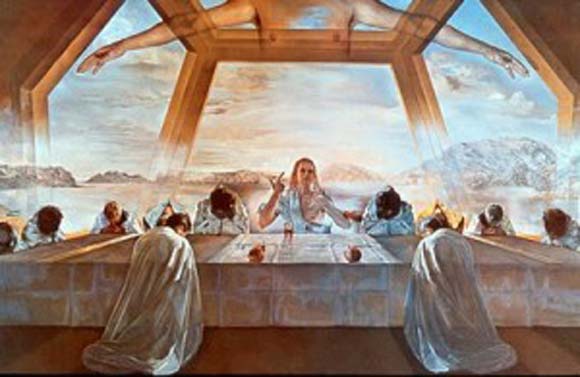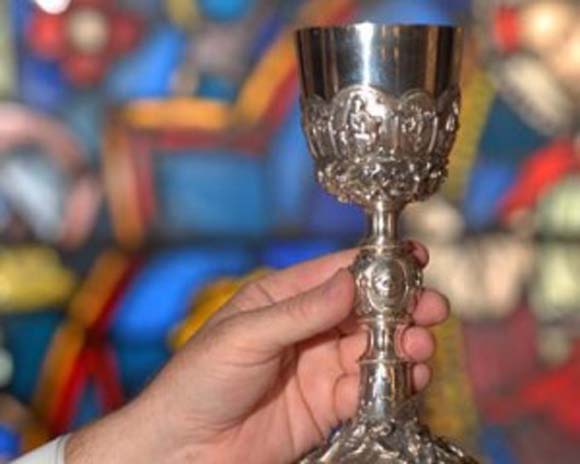
Saved by the Blood of Christ
Ex 24:3-8; Ps 115:13-18; Heb 9: 11-15; Mk 14:12-16 & 22-26.

The liturgical readings have a focus on the blood of Christ and its saving effects for us. This is linked to and expressed in the making and entering into covenant and in the reception of blessings that flow from it. The covenants (or, more prosaically, contracts, agreements or pledges of loyalty) involved two parties: in these Biblical cases this meant God and a specified group of people. Each side made certain commitments, not necessarily identical ones, and in the case of God and humanity, identical ones were impossible due to the diverse natures of human creature and divine creator. These Biblical covenants served the salvation of humanity by God, a salvation in which human co-operation was required, salvation being concerned with the rescuing, liberation and protection and enhancement of life from what endangers it. God is alive in a unique and everlasting way and is life itself.
At a most profound level, people owe everything to God, including the gift of life, and are called to give themselves over to God and live in obedience to God, trusting in divine providence for all our provision in life, even unto death. Ultimately, we do not have control over the length of our life or over death and nor should we seek to do so. We are to hold back nothing from God. These ideas about life and death were symbolised for the Jews in blood: life was considered to be in the blood in a special way, and death is expressed most clearly by its shedding. This dedication of life and, with it, a commitment unto death was accompanied by blessings from God, and these blessings flowed further than death, either into one’s descendents or as was finally revealed, for eternity. It also found expression in cultic sacrifice that included the immolation (death) of the offering: by death, all that it was, all its life, is offered to God, the source from which it came. All of this is taken up in the formation of the covenants.
In the Exodus reading we hear that God made a covenant with the people of Israel through the human mediation of Moses. The people showed the extent of their commitment to God and the covenant by sacrificing animals (ie some of their valuable possessions) and marking themselves with the animals’ blood, as such expressing their own commitment and in this way entering into the blessings of the covenant, including the forgiveness of sins and purification from its effects.
 The reading from Hebrews recalls these events but makes clear that the Mosaic covenant was only a preparation, a fore-shadowing, or type, of what God was to achieve in Jesus Christ. God had blessed his people through the Mosaic covenant, one renewed each year with further animal sacrifices, but still the people fell away and did not live in divine intimacy to the degree that God wanted. God wanted to provide a better covenant made by a better mediator and with more power to remove sins and their impact, and to convey richer blessings. Jesus is that mediator and the letter to Hebrews shows how he and the covenant he makes fulfil and exceed the previous covenants and their mediators.
The reading from Hebrews recalls these events but makes clear that the Mosaic covenant was only a preparation, a fore-shadowing, or type, of what God was to achieve in Jesus Christ. God had blessed his people through the Mosaic covenant, one renewed each year with further animal sacrifices, but still the people fell away and did not live in divine intimacy to the degree that God wanted. God wanted to provide a better covenant made by a better mediator and with more power to remove sins and their impact, and to convey richer blessings. Jesus is that mediator and the letter to Hebrews shows how he and the covenant he makes fulfil and exceed the previous covenants and their mediators.
He is human, one like us in all things apart from sin, and so able to represent us before God. He lived a blameless life, a holy life, of perfect and complete dedication to God his divine Father and to the divine will. He also offered to God the Father his violent death and the shedding of his blood that literally accompanied it, a death and hence blood offered to God by him in prayer for us, ‘through the Eternal (or Holy) Spirit’, as Hebrews puts it, expressed elsewhere in the prayers and teaching of Jesus. As such he was both priest and victim. In doing this he established a new covenant, an everlasting one, truly effective in forgiving sins and allowing us to receive divine life, and to become holy to the point of being divinised. The Resurrection and the Ascension show this offering of himself, in his humanity and unto death, being taken up into the presence of God in the heavens, a place and state from which all blessings flow down to us, a state and place whose blessings we are now caught up into. Jesus has led us into these blessings, and is thus both Moses and Joshua in terms of the Old Testament types, though greater than both. Jesus fulfils all these human types. Of course, as Jesus is the eternal Son of God, it also means God is reconciling the world to himself. In and through Jesus the perfect covenant is established with humanity, a covenant founded on the Tri-une life of God, into which humanity, in and through Jesus, has been taken up.

The Gospel reading shows how these blessings now reach us most pre-eminently, that is in the sacramental form of the Eucharist, in which we enter into the sacrificial self-offering of Christ to his Father, and receive the blessings of this, the gift of God’s very life, expressed most fully and perfectly in the devout reception of Holy Communion. ‘This is my body. … This is my blood, the blood of the covenant, poured out for many’ (as Mark records it). The Mass, or Eucharist, catches us up into the offering of Jesus to his Father in the Spirit. It unites us to the saving presence, and action of Jesus’ life, death, resurrection and ascension. It catches us up into the blessings and life of Heaven and of the world to come even as we still live this life on earth. It points to and increases our longing for his return in full glory, giving us also the assurance of a sure hope. In the meantime we are to live Eucharistic lives, lives within the Covenant established by Jesus, lives of thankful praise to God, lives of generous service and sacrifice unto death, lives of obedient holiness and compassion, lives orientated in prayer to God the Father, through the Son, in the Holy Spirit, lives in which we become the body of Christ on earth.


